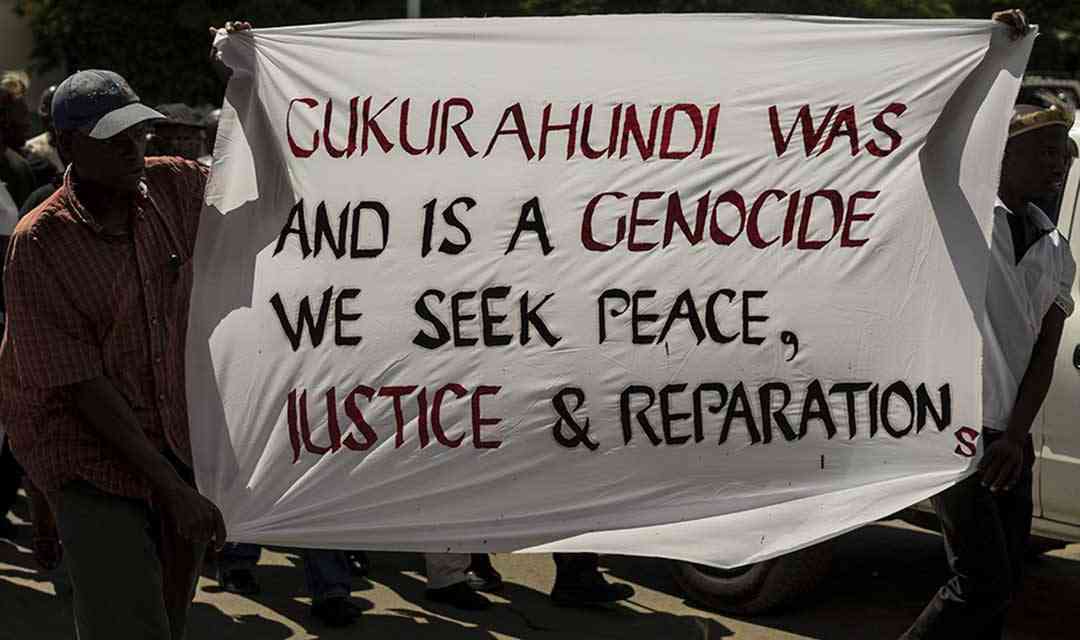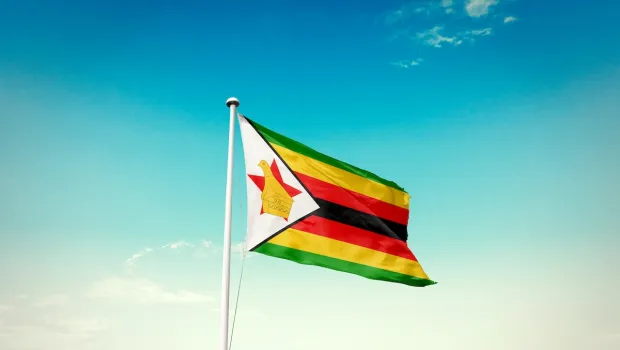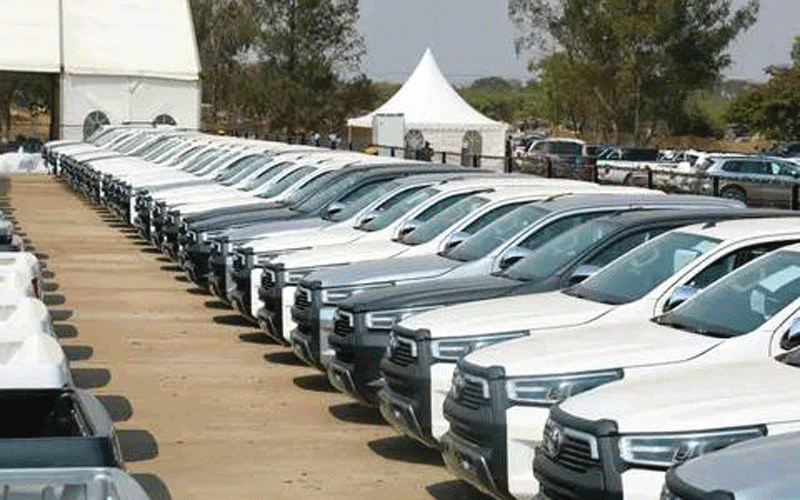
The complacency and culpability of international financial institutions (IFIs) in supporting regimes that violate human rights is not uncommon in Africa and across the Global South.
Today, there is a growing din of voices that implicate the duo of the World Bank and the IMF in gross violation of human rights and genocide across Africa, including the Tigray region of Ethiopia, Sudan, Rwanda in 1994, and Mobutu’s Zaire.
While neither the World Bank nor the IMF were directly involved in genocidal activities, their policies and lending practices are alleged to have been enablers of atrocities in the said countries and many others.
While thecontroversial role of the IMF and the World Bank in countries such as Rwanda, Ethiopia, and Sudan and elsewhere in the world, have been raised and reified, sadly,in Zimbabwe,theirnefarious role in the Gukurahundi atrocities remains largely invisibilised, unacknowledged and hidden.
To put it into perspective, Gukurahundi was characterised by inversion of human rights violations, including torture, disappearances, abductions, sexual molestation, rape, ethnic profiling and arbitrary arrests, detainment in concentration camps, and callous murders that claimed over 20,000 innocent civilians.
The principal victims of the 3,500 North Korean-trained Fifth Brigade battalion were treated as Frantz Fanon’s ‘Wretched of the Earth’, Mahmood Mandan’s ‘subjects’, and Walter Mignolo’s ‘bare lives’ - subalterns whose lives were deemed worthless, dispensable, and expendable.
What is routinely ignored in the Gukurahundi reportages and narratives is the fact that the thenRobert Mugabe government enjoyed support from the multilateral donors including the twin Bretton Woods institutions-theWorld Bank and the IMF as well as the majority of the Euro-Western bilateral donors. In particular, the duo of the World Bank and the IMF doled out substantial financial resources ostensibly in support of post-conflict reconstruction following the war of liberation that ended in 1980.
To be precise, the World Bank provided a total of US$646 million to Zimbabwe in official grants and loans between 1980 and 1987, while the IMF offered more than US$80 million.
- Ziyambi’s Gukurahundi remarks revealing
- Giles Mutsekwa was a tough campaigner
- New law answers exhumations and reburials question in Zim
- Abducted tourists remembered
Keep Reading
For the avoidance of any doubt, the international financial institutions and the bilateral donors at the time,did not specifically offer loans, grants, and official development assistance (ODA) for the purposes of Gukurahundi operations.
However, their support gave the then government a fiscal space to finance callous, cruel and criminal activities as well as extra-judicial killings of innocent citizens.
As noted, the World Bank and the IMF were not alone in this generous support of the genocidal government of Robert Mugabe.
Most bilateral lenders and creditors also used their “dollar diplomacy” to offerfinancial and technical support to Zimbabwe as part of the geopolitics of the Cold War, a reward for Mugabe’s reconciliation policy, as well as part of the geostrategic approach to use Zimbabwe as a potential example foradesired post-apartheid South Africa.
The logic of the Cold War at the time demanded the continued tutelage of Mugabe to ensure that he did not fall into the communist camp.
In this context, the lives of thepeople of Matabeleland and Midlands were used as collateral damage.
The people had to endure a hellish existence in which ‘killability’, ‘rapeability’ and ‘dispensability’ were seen by the then government and its international financiers as normal states of life.
The Zimbabwe Conference on Reconstruction and Development meeting held in 1981 resulted in a pledge of US$1.95 billion in aid from 31 countries and 26 international donor agencies.
These figures are some of the most damning indictments imaginable of the role of aid, official development assistance (ODA) and loans that sustained the operation of terror in Matabeleland and Midlands provinces in the 1980s.
There are allegations that much of this funding was misappropriated by the thenMugabe administration to finance the Gukurahundi machinery and other state apparatuses that facilitated and executed the genocide in Matabeleland and parts of the Midlands provinces.
There is little doubt that theWorld Bank and the IMF were aware of the atrocities perpetrated bythe Mugabe government on its citizens,since these were reported throughout the world.
As one observer has put it, not to have known at the time about the violence and repression in Matabeleland and Midlands would have ‘required an extraordinary and sustained dedication to ignorance on the part of the World Bank and IMF officials’.
However, despite compelling evidence from human rights organisations, media, chiefs, church organisations, as well as community leaders that the Gukurahundi crack Brigade was carrying out genocide in Matabeleland and Midlands provinces, the World Bank and the IMF continued to provide millions of dollars to the Mugabe administration.
To this extent, these Bretton Woods institutions are guilty of the genocide that happened in Zimbabwe.
What is even more worrying is that the millions of dollars in loans and grants thatwere provided by the IFIs to the Mugabe administration never provided any economic benefits for the people of Matabeleland and some parts of the Midlands province, as these areas were under curfew and humanitarian blockage during the period 1983-1987.
The government diverted funds for projects in Matabeleland and Midlands to its favoured regions in the other parts of the country.
This explains why there are no basic, but nevertheless important institutions such as referral hospitals and teachers’ colleges in Matabeleland North Province even to this day. It is not a coincidence that provincial gross domestic product (GDP) data show that Matabeleland South and Matabeleland North have the smallest GDP in the country.
It is, therefore, not unreasonable to argue that the twin institutions of the World Bank and the IMF have been part of the architecture that has contributed to the unequal development and economic marginalisation of Matabeleland and Midlands provinces.
In a typical neoliberal fashion, the World Bank and the IMF routinely turned a blind eye to the horrors of Gukurahundi while recommending more loans to the genocidal regime of Robert Mugabe.
These loans paved the way for the introduction of a repertoire ofneoliberal orthodox policies, including deregulation, destatisation, decontrol, desubsidisation and austerity measures that are haunting Zimbabwe to this day.
To be sure, Zimbabwe today is currently debt-distressed as a result of the loans that piled up during the Gukurahundi years, along with those fromChina that arecurrently suffocating the fiscal space in the country.
Zimbabwe’s total sovereign debt is northwards of US$20 billion, of which US$1.5 billion is owed to the World Bank alone and was offered in the 1980s and early 1990s.
Of the US$1.5 billion, US$1.3 billion is in arrears and penalties.
The irony of all this is that the people of Matabeleland and some parts of the Midlands, who did not benefit from the odious debt of the 1980s, are also expected to contribute towards its repayment.
To reiterate, some of the loans resourcedthe torching down of their homes, killing innocent people and impoverishing the entire Ndebele ethnic communities.
To expect the survivors of Gukurahundi to contribute towards odiousdebt repaymentis an injustice of the highest order, bordering on a collective insult.
Logic, justice, fairness, democracy, and ethics demandthat the duo of the IMF and World Bank must participate in the deliberate effort offunding infrastructure projects in Matabeleland and the Midlands regions that were by-passed by the aid El Dorado of the 1980s.
This includes financing the construction of roads, schools, hospitals, dip tanks and even homes that were destroyed by Gukurahundi. In the same way, both institutions have been involved in Rwanda’s reconstruction; they should actively participate in Matabeleland and Midlands provinces byproviding infrastructure financing.
*Dr Gorden Moyo, director, Public Policy and Research Institute of Zimbabwe (PPRIZ)











